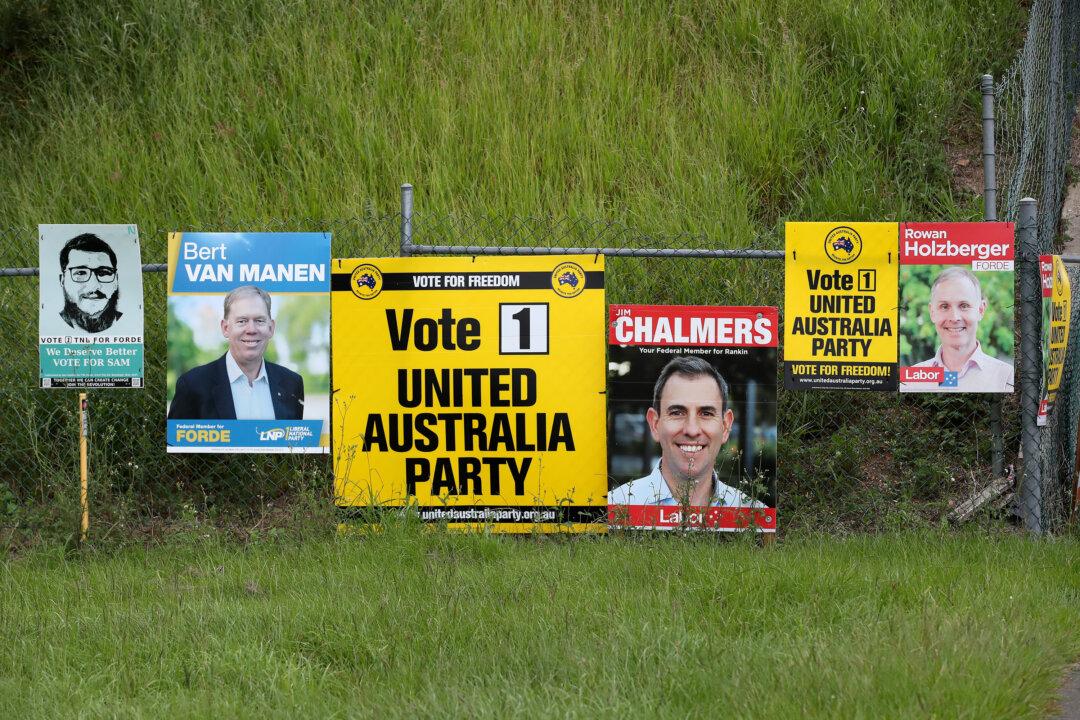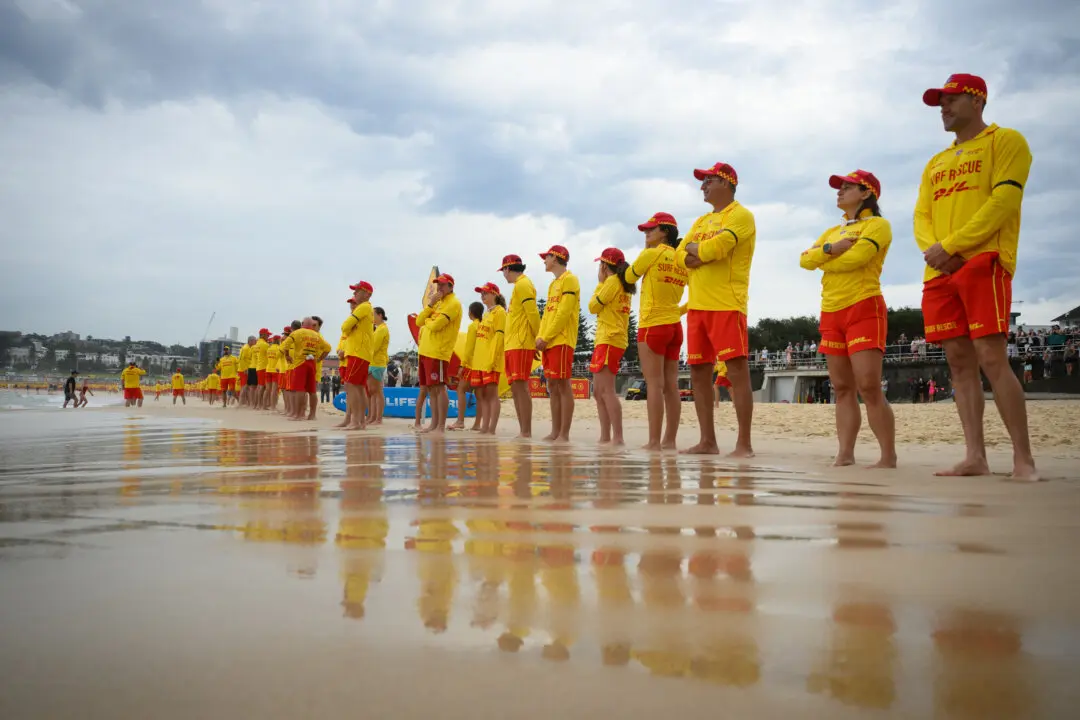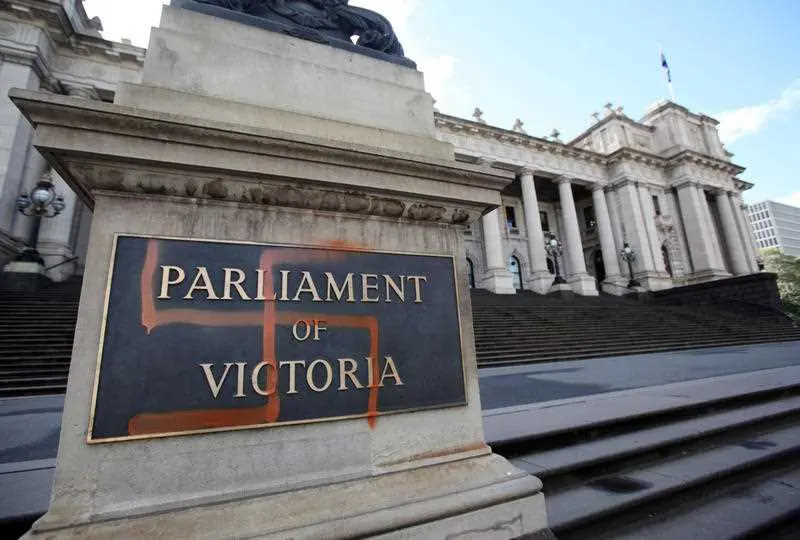Women could decide the outcome of the federal election with the number of unsure female voters more than three times that of men, according to new research from the Australian National University (ANU).
Voters also have the greatest amount of confidence in Labor delivering on gender equality.





